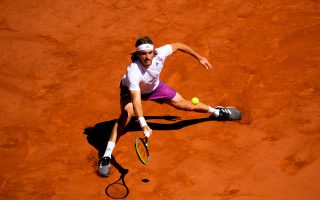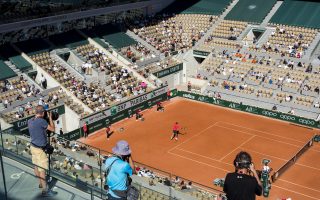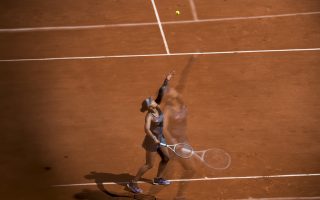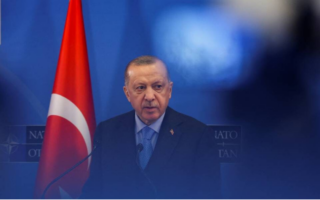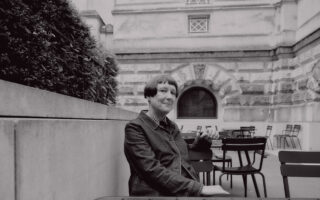Of red clay and French existentialism
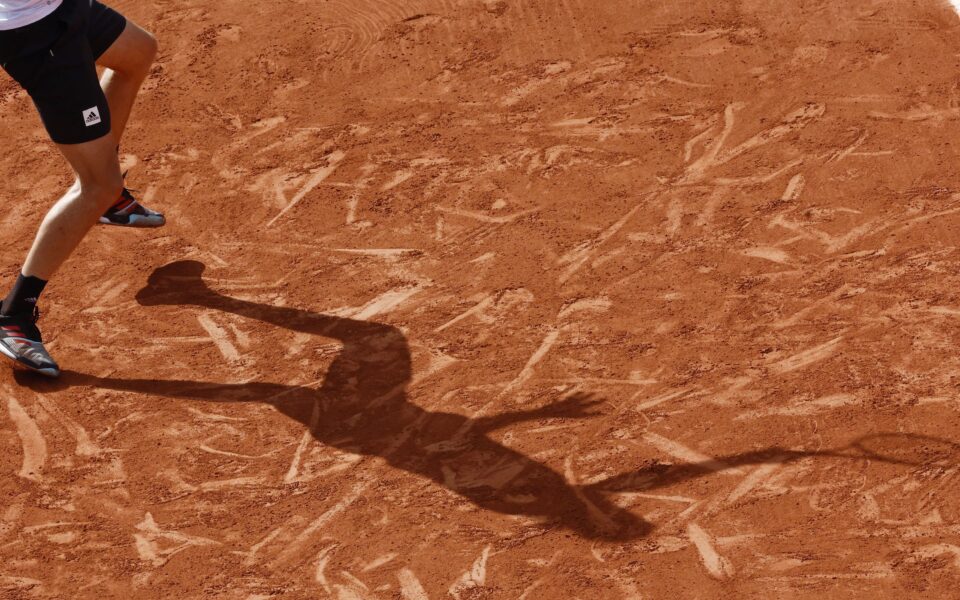
The most prominent feature of the French Open is that this Grand Slam tournament takes place on the rusty red clay of Roland Garros, a beloved detail that is as much a part of local culture and tradition as the bouquinistes that sell art and used books along the Seine.
And yet, as it so often is in the country that claims Albert Camus and Simone de Beauvoir, the relationship between France and its “terre bateau” is a little more complicated.
This red clay that comes from a small brick factory in Oise, north of Paris, elicits so much love.
“My favorite surface,” said Stephane Levy, a lifelong member of the Tennis Club of Paris, a favorite haunt of some of the country’s top players, including Gilles Simon and Corentin Moutet, where eight of the 18 courts are made from the same clay as those at Roland Garros.
“There is no feeling like playing on it,” Levy said. “The sliding, the clay on your body when you sweat.”
But the clay has also become a symbol of deep frustration. A Frenchwoman has not won the singles championship that this country so treasures, the one that requires more grit but also more thought than any other, since Mary Pierce in 2000. A Frenchman has not won it in 39 years, since Yannick Noah in 1983. The last of the French men and women were eliminated from the singles tournaments Saturday.
Why?
The answer likely has a lot to do with a central contradiction in the home of red clay’s biggest stage. Just 11.5% of the tennis courts in France are made of the traditional red clay and most of those are in private clubs. Another 16.5% of courts are made of an imitation clay surface that is similar to the terre bateau but plays harder and faster than the softer traditional clay.
Maintaining red clay in cold, wet weather, which is common in France for much of the year, is practically impossible, and building indoor complexes for them is expensive. So most French tennis players grow up playing on hard courts, unlike their counterparts in Spain, where temperate weather and red clay dominate the way Rafael Nadal (who won Sunday in five sets) and so many Spaniards before him have dominated Roland Garros.
That tennis at the highest level is contested on different surfaces is as normal to tennis fans as fuzzy yellow balls and grunting forehands, but it is one of the great quirks of the sport. Imagine for a moment if the NBA played 70% of its games on hardwood, 20% on rubber and 10% on rag wool carpeting. That is essentially what professional tennis players do, spending the first three months on hard courts, the next two on clay, roughly six weeks on grass, and then most of the rest of the year back on hard courts.
While the surfaces have become more similar in recent years, each requires a unique set of skills and produces a very different style of play.
Grass and clay are at the extremes, with grass being the fastest of the three surfaces.
Clay is the slowest. The ball pops off the dirt and hangs in the air for a split second longer, allowing players to catch up with it and extend rallies, and forcing them to play a more tactical style, grinding from the baseline.
Watch an hour of pro tennis on each surface. If you cut out all the time between points, actual tennis playing on clay accounts for about 13 minutes, according to multiple studies of energy and effort in the sport. That is significantly more than on other surfaces, where the player returning serve is at a more severe disadvantage and can struggle to put the ball back in play.
Hard courts are at roughly the halfway point, and require an all-around game.
Among the pros, the red clay is both loved and loathed.
“I don’t like it much,” said Daniil Medvedev of Russia, the world’s second-ranked male player, who struggled for years to win a match at the French Open and reached the fourth round Saturday.
Nick Kyrgios of Australia has no use for the surface and skips the clay-court season altogether. Iga Swiatek of Poland, the world’s top-ranked woman, would spend her whole career sliding around on it if she could.
Winning on clay requires a PhD in what coaches and players call point construction, which is shorthand for playing tennis like chess, thinking not only about this next shot but three shots down the line. Learning that to the point where it is instinctual can take years, and like most things, the earlier one starts training the brain to think that way, the better.
“On clay, the fight really goes on and on,” said Aurelio Di Zazzo, a coach at the Tennis Club of Paris. “The longer the effort, the more you have to use your mind.”
The club, which is less than 1 mile from Roland Garros, tries to carry red clay’s torch as best it can. That torch is not cheap. Maintaining the courts requires four full-time employees, and new clay costs more than $2,000 a year for each court. Each court must be entirely dug up and redone every 15 years, costing more than $30,000 per court.
Levy said it is worth it.
“This clay is a part of France,” he said.
France’s tennis federation agrees. The organization also really wants a French Open singles champion. It is scheduled to announce a new plan to promote tennis on the “terre bateau” in July. Perhaps that can help.
This article originally appeared in The New York Times.

